Summary
- PS3 games revolutionized open-world realism with responsive environments, detailed animations, and immersive mechanics.
- Games like Watch Dogs, Assassin’s Creed 4, and GTA 5 created lived-in worlds that felt believable and responsive.
- The PS3’s power allowed for diverse settings like urban Chicago, pirate-filled Caribbean seas, and lawless Gotham to thrive.
The PS3 might be remembered for its cell processor headaches and that infamous boomerang controller prototype (thankfully scrapped), but it also marked a turning point in how developers approached realism in open-world design. Suddenly, worlds didn’t just look bigger—they felt alive. Streets hummed with personality, environments responded to player actions, and small visual details added layers of believability that hadn’t been possible before.
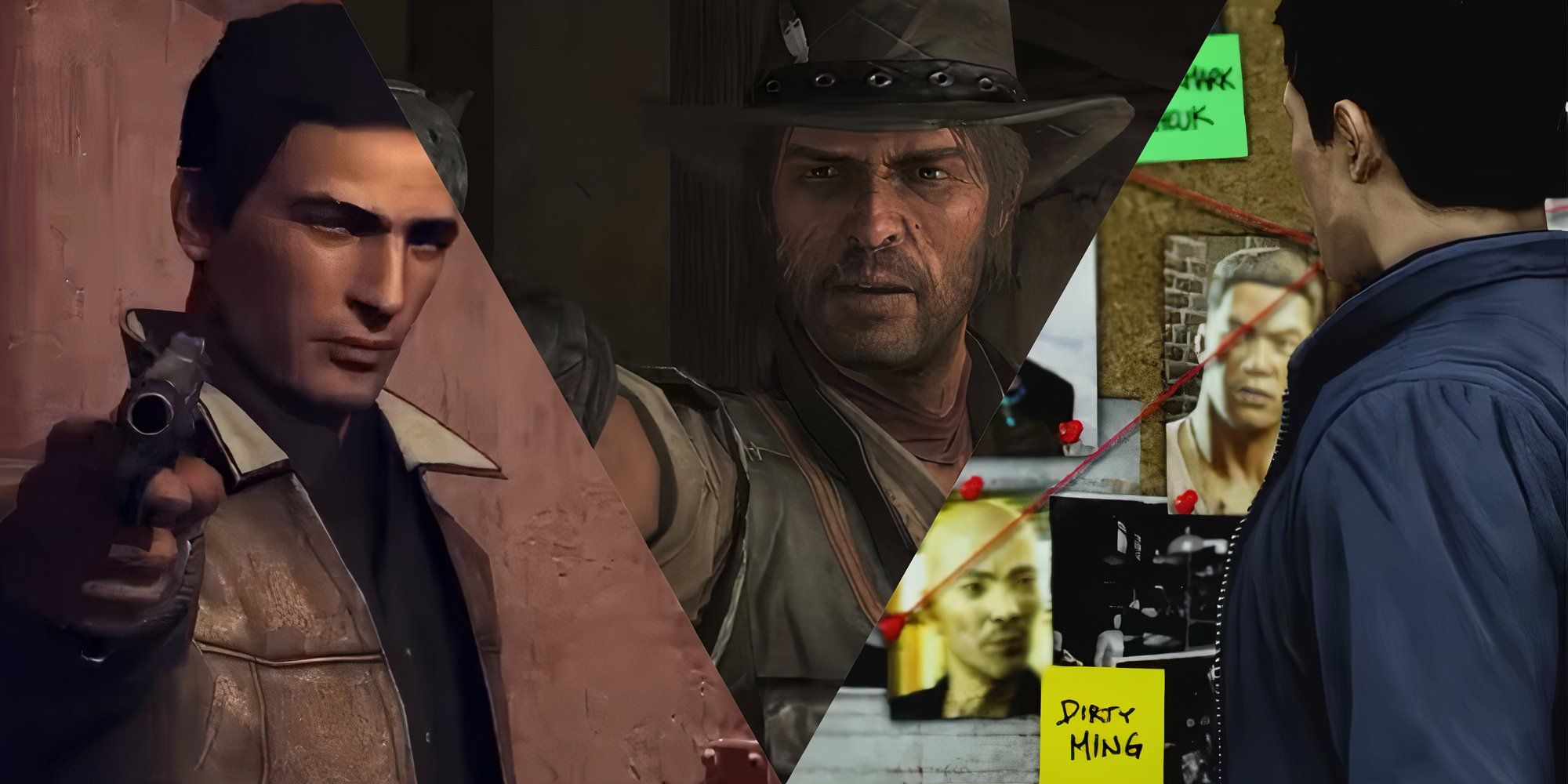
Related
7 Best Stories In PS3 Open-World Games, Ranked
The power of the PS3 enabled open-world games to flourish, and some of them had some truly excellent stories that changed the industry forever.
From weather systems that didn’t just look pretty but actually influenced gameplay, to character animations that made every punch or stumble feel grounded, these games redefined the bar of open-world video game graphics. Some leaned into urban sprawl, others recreated nature down to the rustle of leaves in a storm, but they all had one thing in common: when players stepped into these worlds, they believed them.
7
Watch Dogs
Chicago Has Never Looked So… Wired
Watch Dogs might have dropped toward the tail end of the PS3’s life, but it still managed to squeeze every ounce of horsepower out of the hardware to simulate a gritty, hyper-connected Chicago. The magic wasn’t just in how it looked, though—what made it feel grounded was the way it responded. Pedestrians had routines. Traffic flowed like an actual grid. Conversations were overheard, not scripted to happen when the player walked by.
But what really sold the realism was the central mechanic: hacking. Pulling up a phone and tapping into a camera, a bank account, or even a traffic light wasn’t just flashy—it mirrored a rising cultural anxiety around surveillance and data. And it helped that the city’s aesthetic leaned heavily on realism. The skyline, the lighting, even the grungy back alleys all nailed that industrial Midwest feel. For a cross-gen release, it was ambitious on PS3—and while not as flashy as its next-gen sibling, it nailed the illusion of a real, lived-in world.
6
Batman: Arkham City
Even Batman Can’t Escape Urban Decay
At first glance, a walled-off section of Gotham turned into a lawless mega-prison might not scream “realism,” but Arkham City’s genius lay in how it made that insanity feel grounded. Every alley told a story. Buildings were tagged with gang graffiti or scarred from past riots. The environment didn’t just look run-down—it had history baked into every brick.
The city’s scale felt manageable but dense, with every rooftop offering a new vantage point or secret nook. And thanks to Rocksteady’s physics-driven animations and meticulous attention to detail, Batman’s movement had weight. He didn’t just glide—he soared with intent, with his cape catching the wind in a way that actually changed based on direction and momentum. Add to that a persistent weather system, and players were suddenly grappling through a Gotham that felt like it was falling apart in real time. The realism wasn’t in the idea—it was in the execution.
5
Assassin’s Creed 4: Black Flag
Salt In The Air, Cannons In The Sky
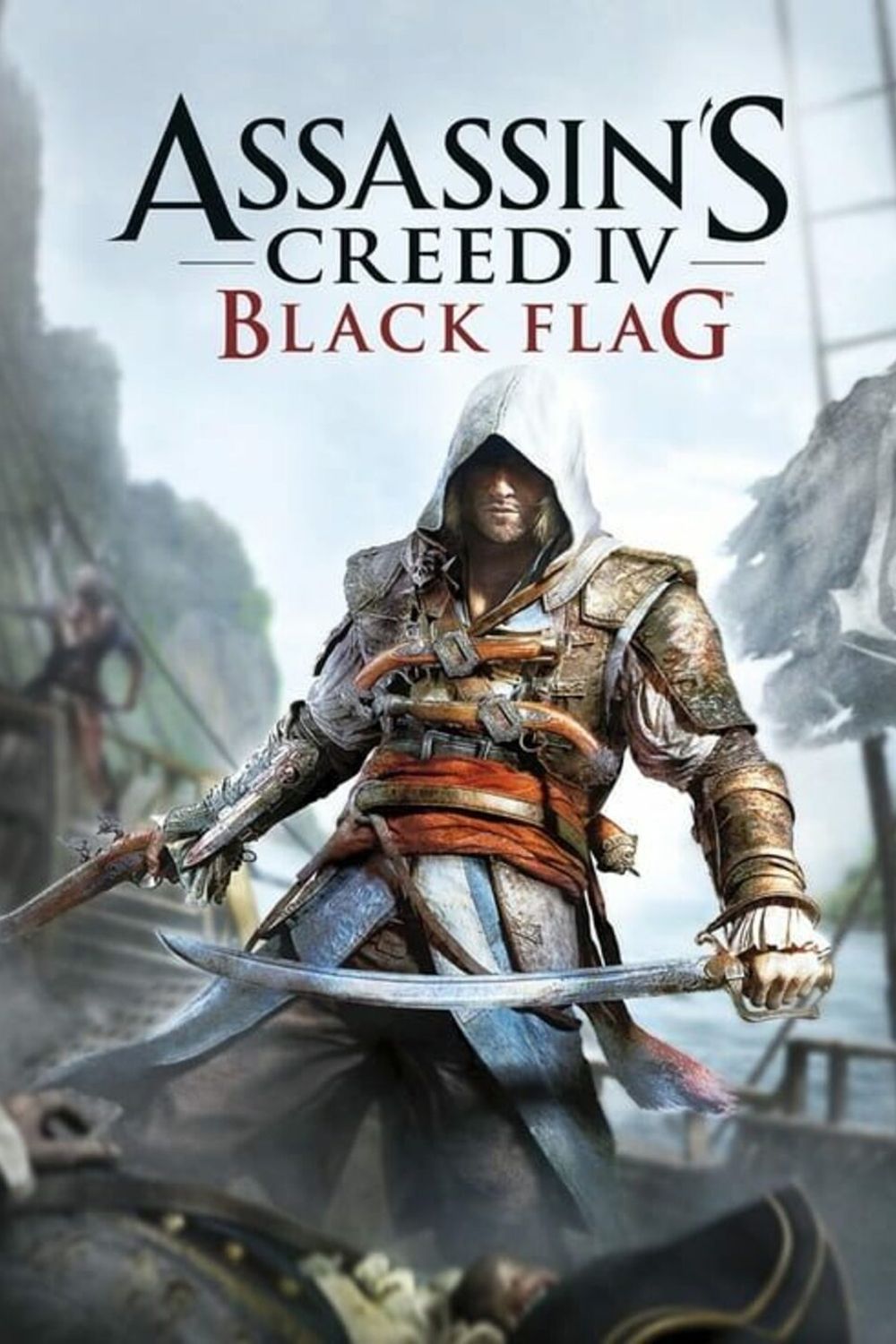
Assassin’s Creed 4: Black Flag
- Released
-
October 29, 2013
There’s something deeply immersive about steering a ship through the Caribbean as waves crash against the hull and sea shanties drift in the breeze—and Black Flag absolutely nailed that vibe. While previous Assassin’s Creed entries focused on urban parkour and densely populated cities, Black Flag opened the floodgates—literally—and delivered a world built on water that still managed to feel alive.
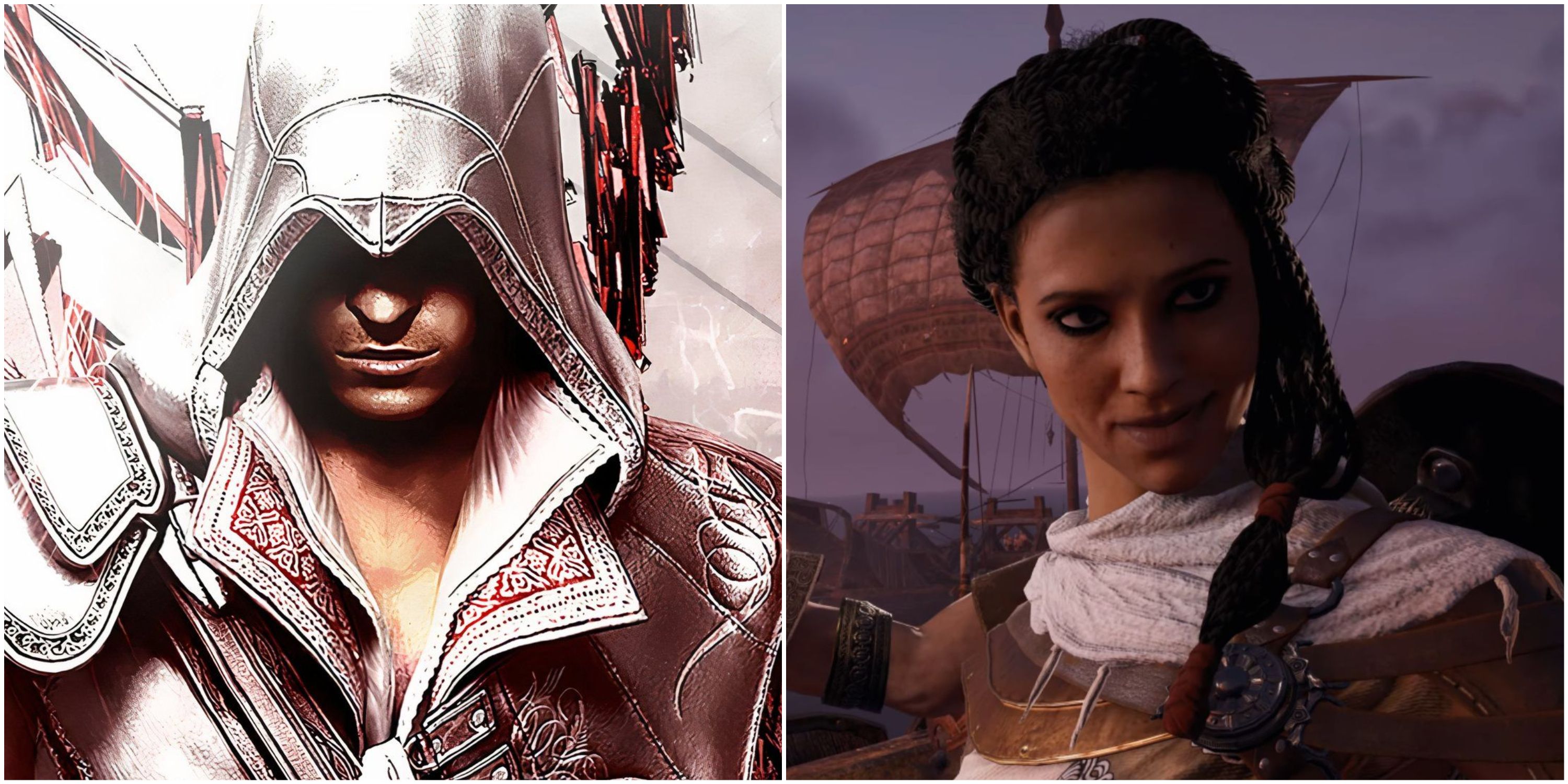
Related
6 Assassin’s Creed Games That Changed The Franchise The Most
These Assassin’s Creed games caused the franchise to head in another direction, either through their successes or failures.
What sold the realism wasn’t just the naval combat or stormy weather systems—it was the quiet moments. Watching the ocean swell beneath the Jackdaw, noticing dolphins break the surface near Cuba, or seeing sunlight refract through the waves during a calm stretch at sea. Naval travel wasn’t just a mechanic; it was an experience. And the islands weren’t lazily copy-pasted either. Some were dense jungles hiding Mayan temples, others were small fishing outposts with cultures reflected in clothing, music, and architecture. It was the closest PS3 players got to feeling like a pirate without needing rum or parole.
4
Grand Theft Auto 4
Even The Concrete Feels Heavy
Liberty City in GTA 4 wasn’t just a parody of New York—it was a love letter to its grime, its contradictions, and its pulse. Rockstar toned down the goofiness from San Andreas and leaned hard into realism: physics were slower, characters were heavier, and driving felt like wrestling a real car on wet pavement. Everything had drag, resistance, and consequence.
What helped was the insane level of detail. The way light reflected off rain-slicked roads. How NPCs reacted dynamically to gunshots, traffic accidents, or just being bumped into. The world didn’t just feel believable—it felt unpredictable. Niko’s story, bleak and grounded, matched that tone perfectly. This was a world where morality wasn’t clean, victories felt Pyrrhic, and even surviving a street corner shootout felt exhausting in the best way. Liberty City never slept—and when it did, it still muttered to itself.
3
Far Cry 4
It’s Not Just A Jungle, It’s A War Zone
Some games simulate nature, and then there’s Far Cry 4, which dumps players into Kyrat—a fictional Himalayan region packed with lush forests, towering peaks, and a never-ending list of ways to die. From unpredictable wildlife to enemy patrols that genuinely react to nearby gunfire or disturbances, this world wasn’t just realistic in how it looked—it felt like it was watching.
5:25
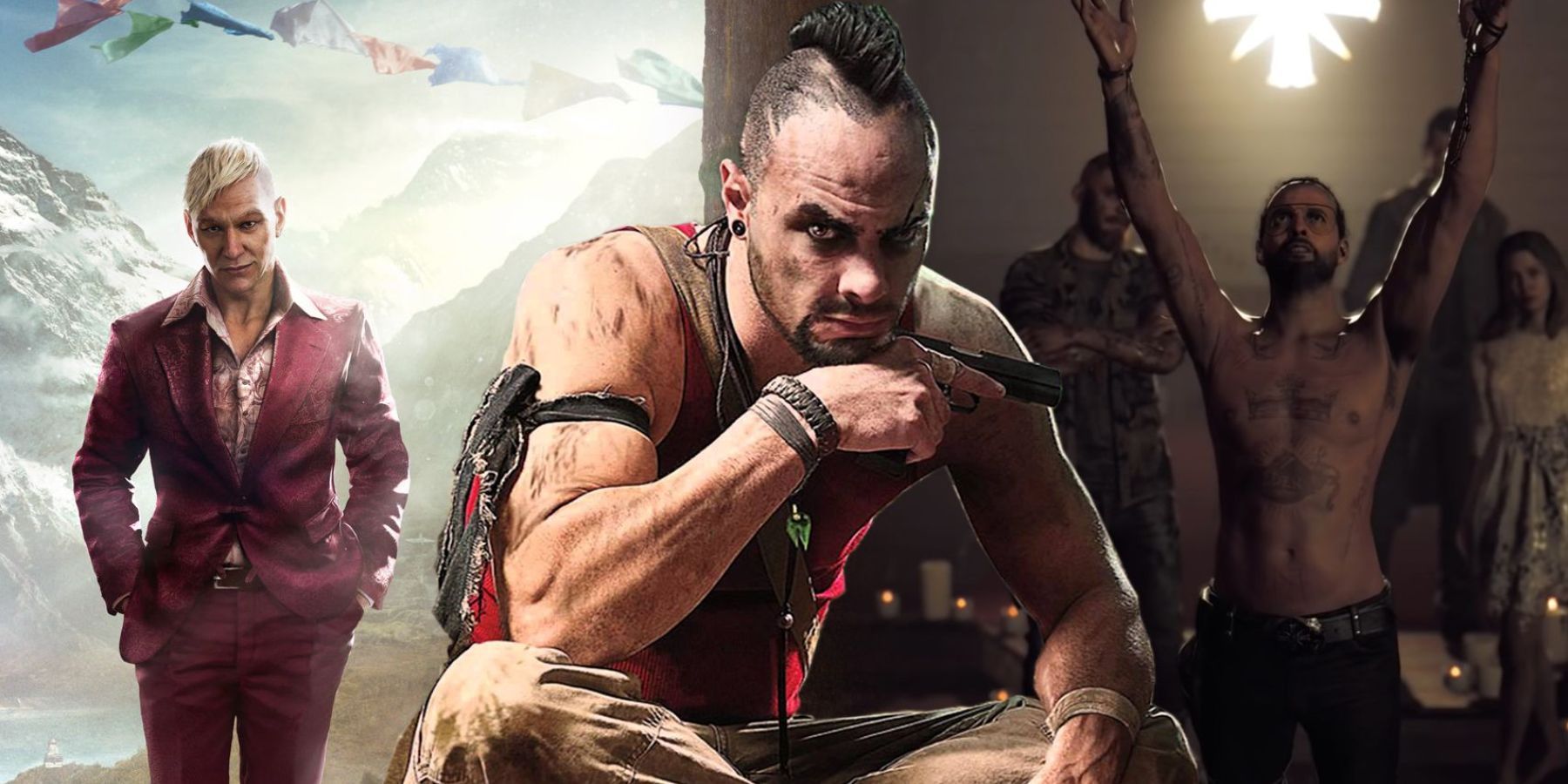
Related
Every Far Cry Game, Ranked
Ubisoft’s Far Cry franchise contains some of the best games the company has ever developed. Here is every game in the series, ranked.
The verticality of Kyrat made every climb feel earned. Weather rolled in with intent, with fog settling in valleys and snow covering higher peaks. Villagers went about their daily routines, enemy outposts had layered defenses, and even something as simple as crossing a river could turn into a surprise tiger ambush. And it all ran shockingly well on PS3. Sure, some visual compromises were made compared to its PC counterpart, but the world still breathed with life and hostility. It didn’t hold the player’s hand—it just handed them a wingsuit and said, “Good luck.”
2
Red Dead Redemption
The West Was Never This Lonely
No other PS3 game captured the vast, silent beauty of nature like Red Dead Redemption. While most open worlds were stuffed with icons and constant noise, Rockstar’s frontier knew when to shut up. Sometimes, realism isn’t in the visuals—it’s in the quiet. The way the wind howled across the desert. The silhouette of a vulture circling in the distance. The solemn guitar twang that played as John Marston rode into nowhere.
Animals behaved like animals, not just NPCs in disguise. The weather shifted naturally. Day turned to night without ceremony, and each cycle brought with it subtle mood changes—ambushes in the dark, herds migrating at dawn. What made it all feel believable was how slow it was willing to be. Even gunfights weren’t flashy; they were messy, brutal, and fast. And beneath all that, a tragic story about the death of the old world and the slow birth of the new. A fading photograph, still clutched by calloused hands.
1
Grand Theft Auto 5
If Los Santos Had A Pulse, It’d Be Beating Fast
There’s a reason GTA 5 still feels modern today, and it’s not just because of the online updates—it’s because Rockstar built a world that felt alive. Los Santos wasn’t a city so much as a system. Traffic patterns followed the time of day. NPCs had routines that shifted between work, play, and panic. The weather didn’t just affect how the world looked; it impacted how vehicles handled, how shadows fell, and how missions played out.
Switching between three protagonists helped sell the illusion. Michael’s life in Vinewood’s upper crust felt detached and sedate, Franklin’s neighborhood was humming with activity, and Trevor’s desert chaos felt almost post-apocalyptic. The terrain changed accordingly. Hills rolled into valleys, highways stretched like arteries through the city, and the smallest roadside diner had stories to tell.
On PS3, it was a technical miracle. Draw distances, AI behavior, and dynamic shadows—all pushed the hardware beyond its limits, and this was on a meager 512MB of RAM. Yet somehow, it worked.
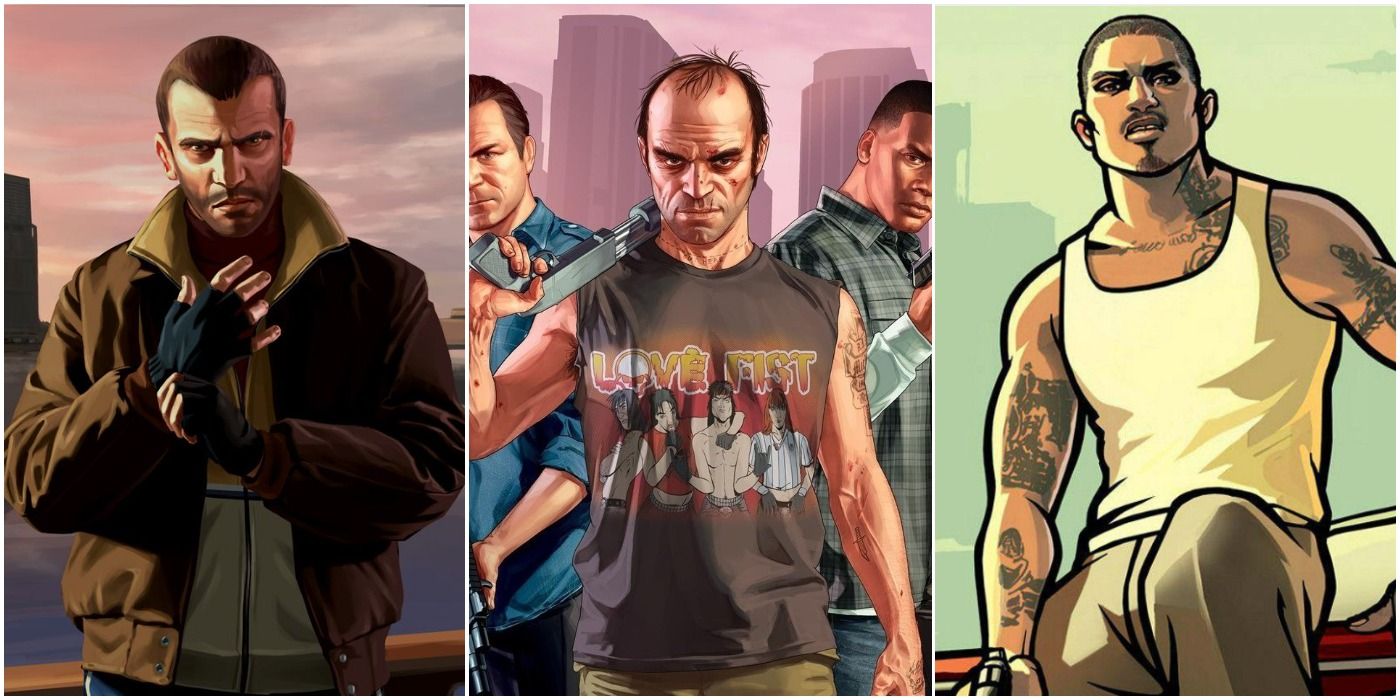
More
Open-World Games To Play If You Loved Grand Theft Auto V
Grand Theft Auto V was a masterpiece but there are still many games out there to enjoy if you’re finished with the open-world experience.
#Realistic #Open #World #Games #PS3

